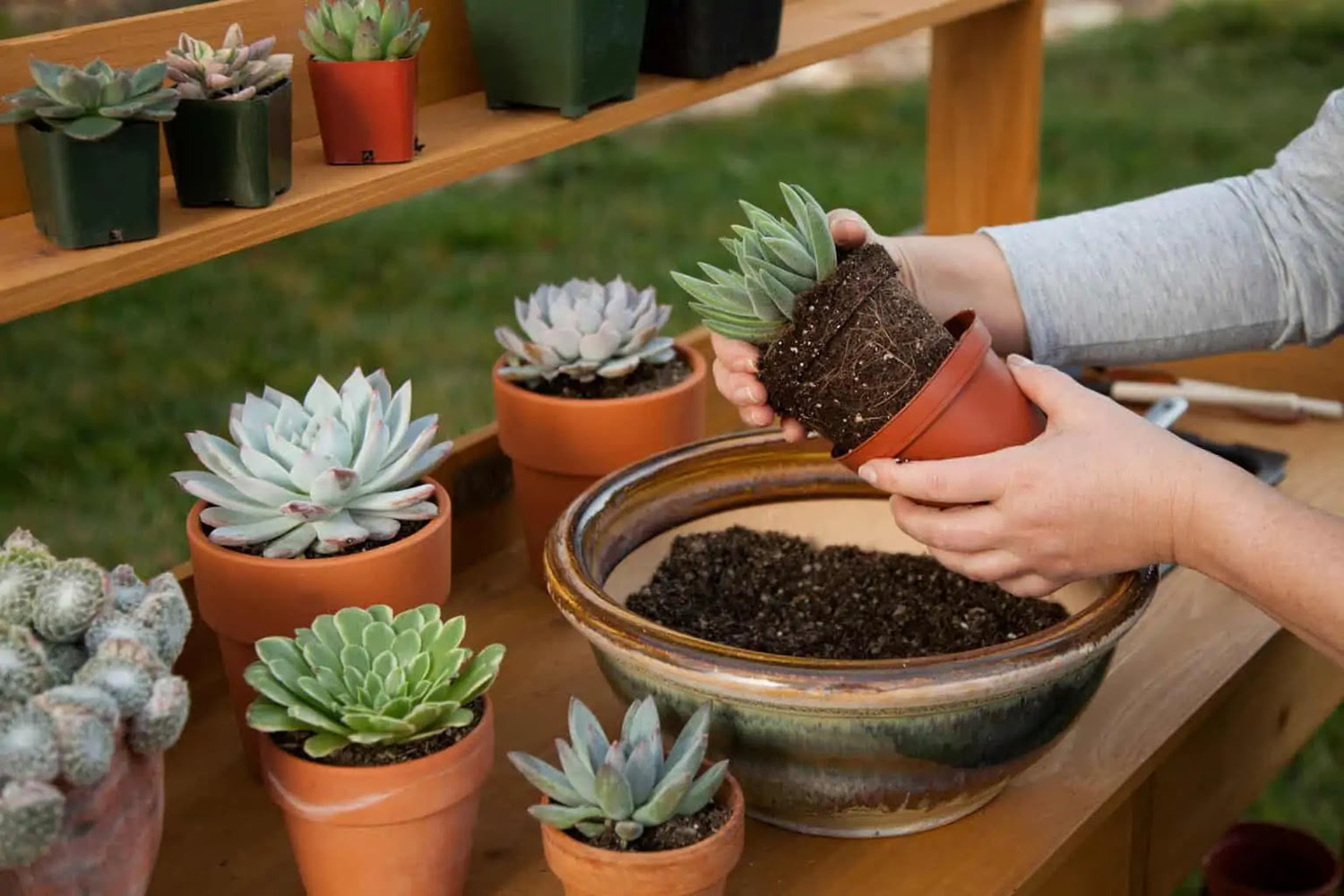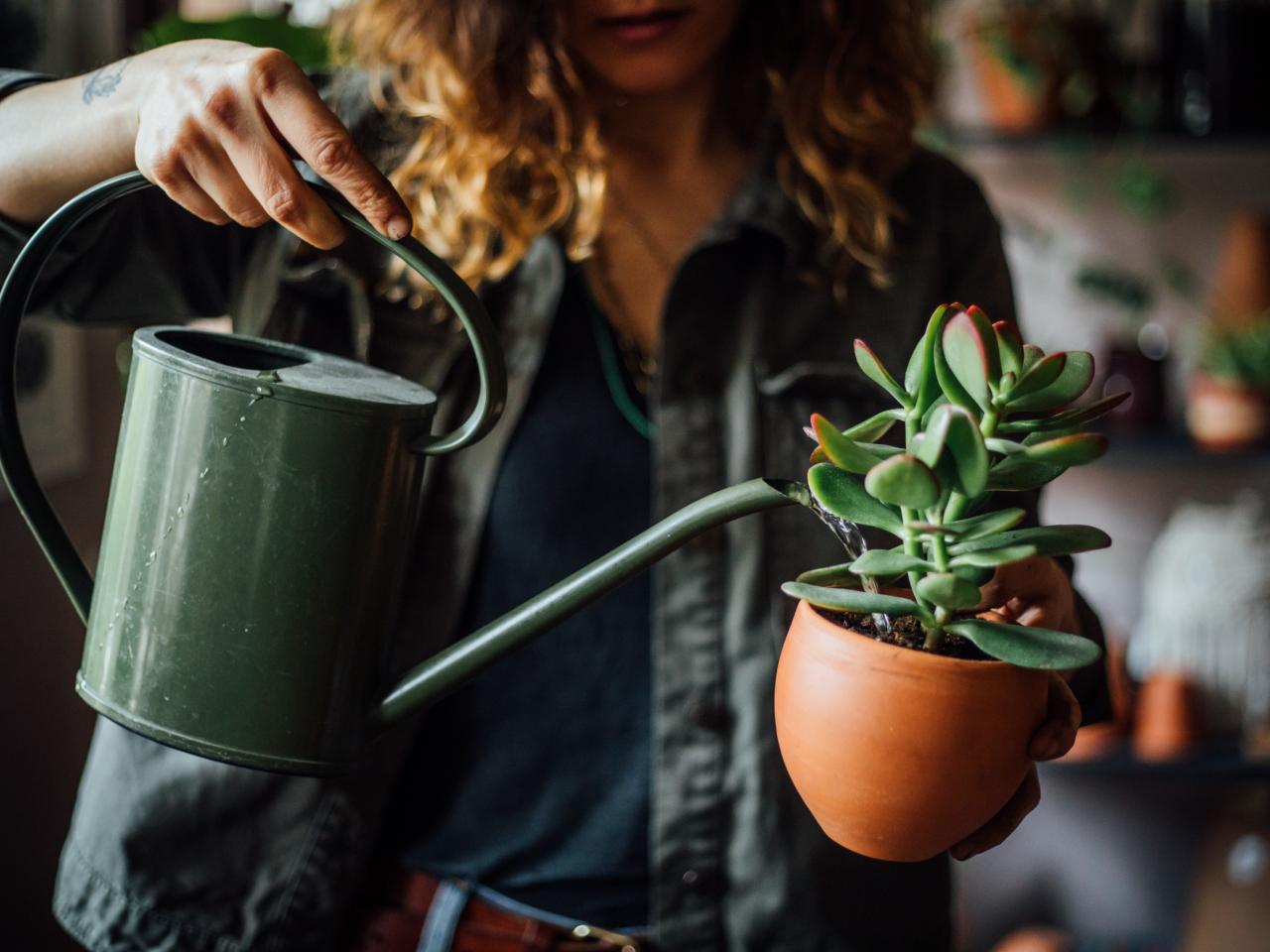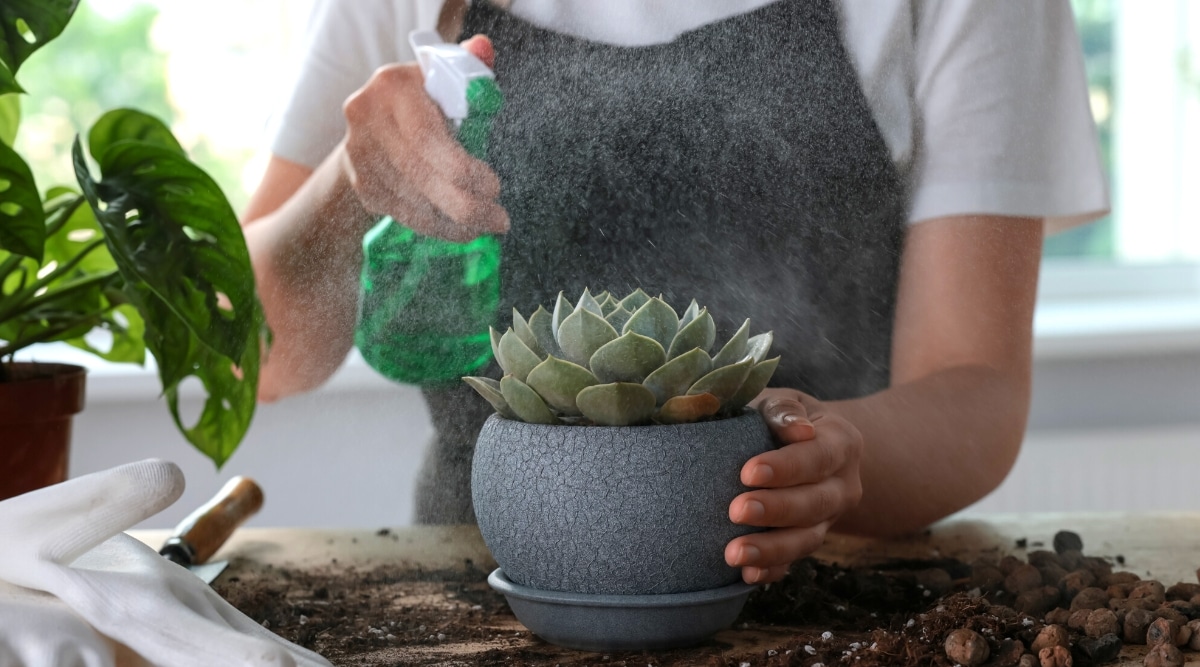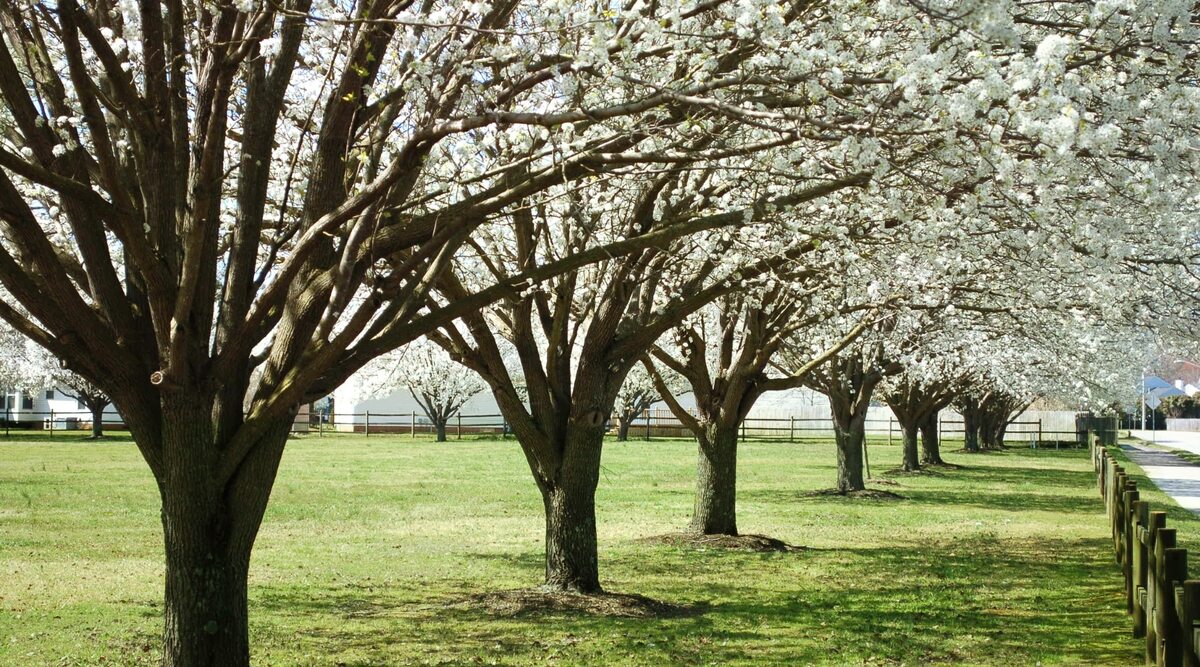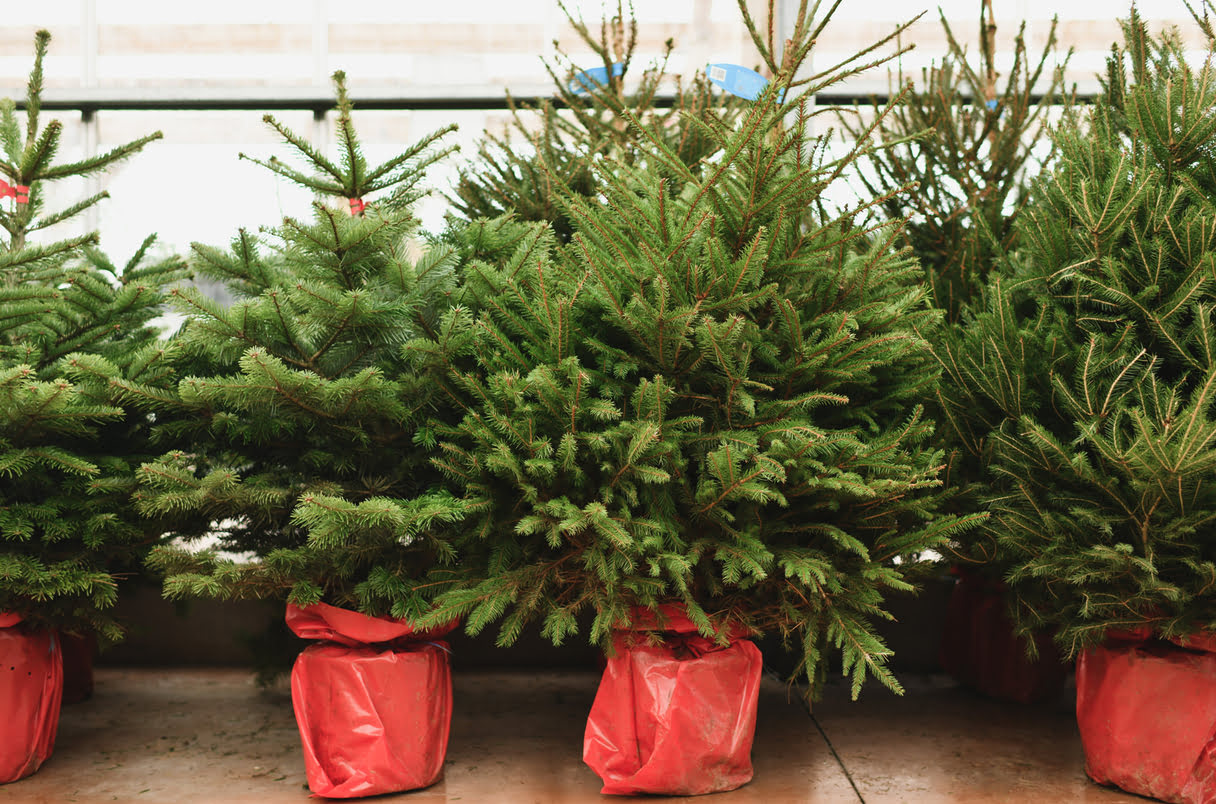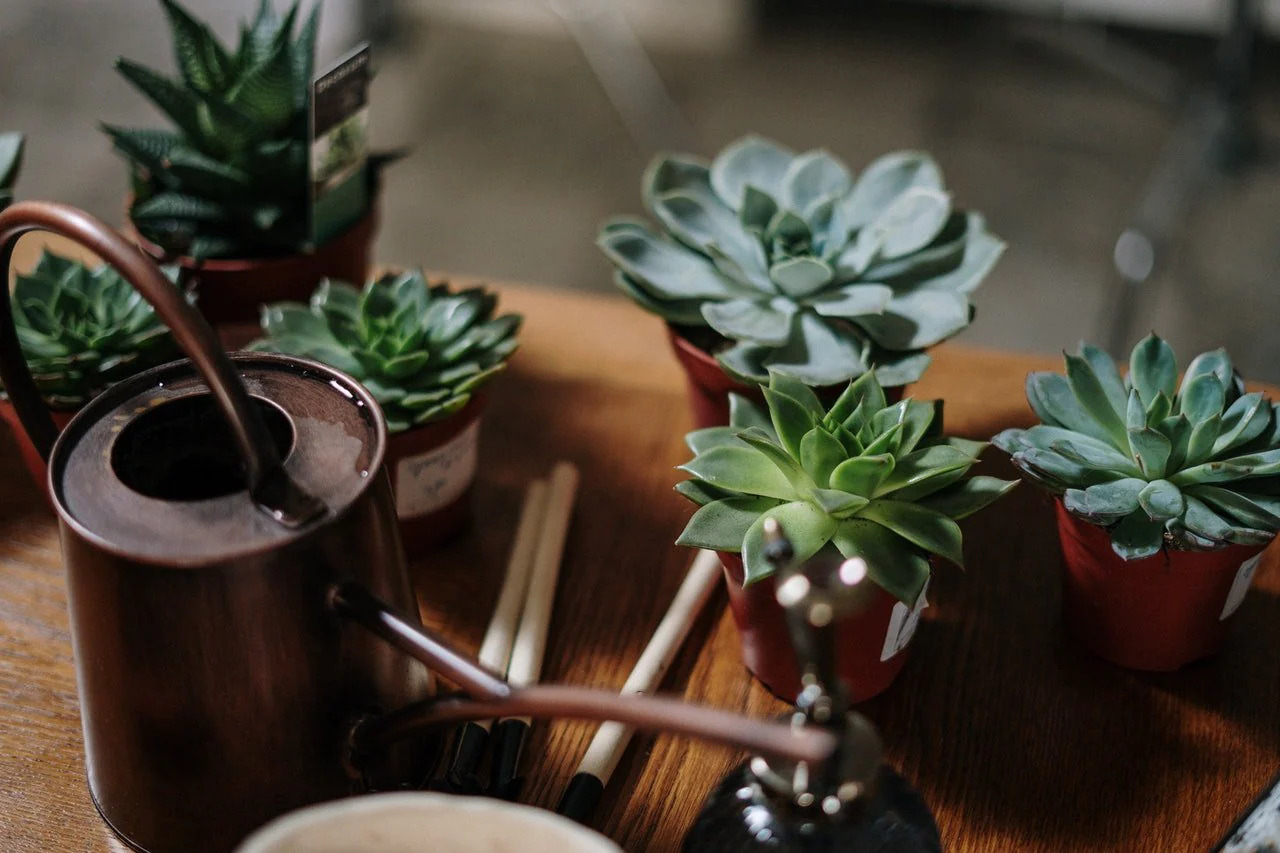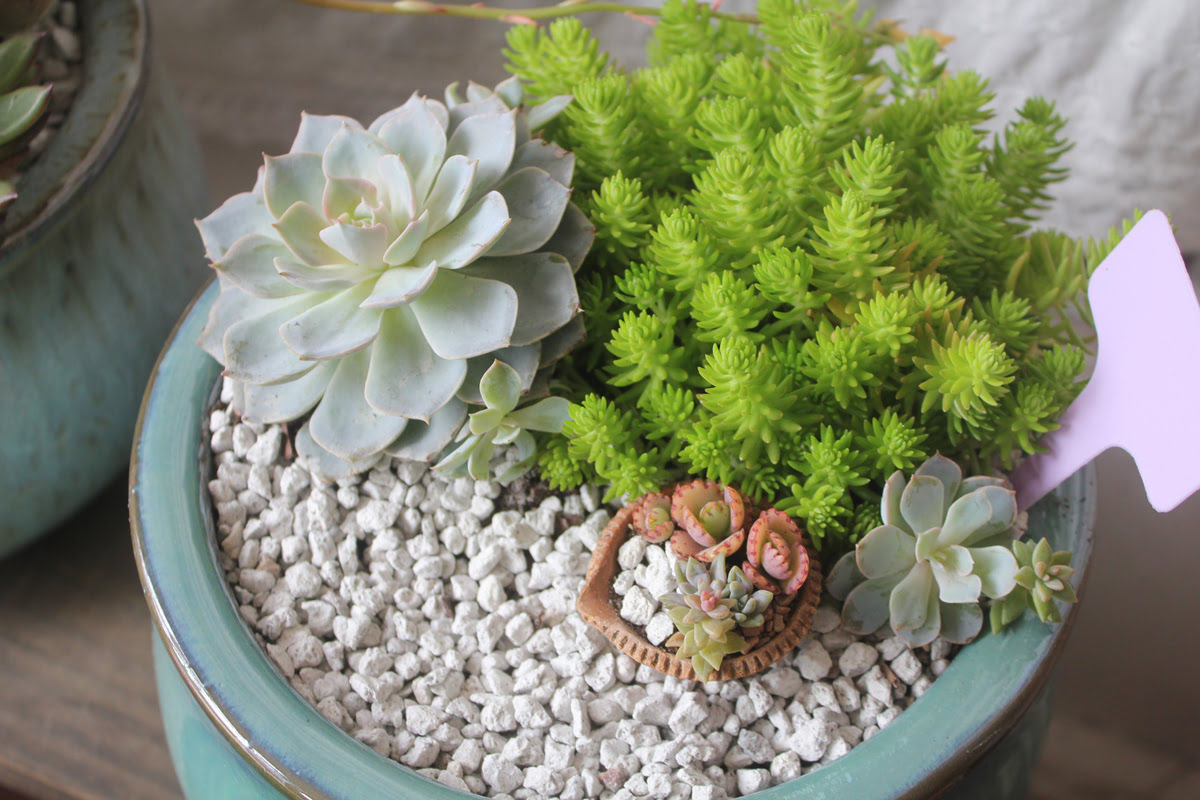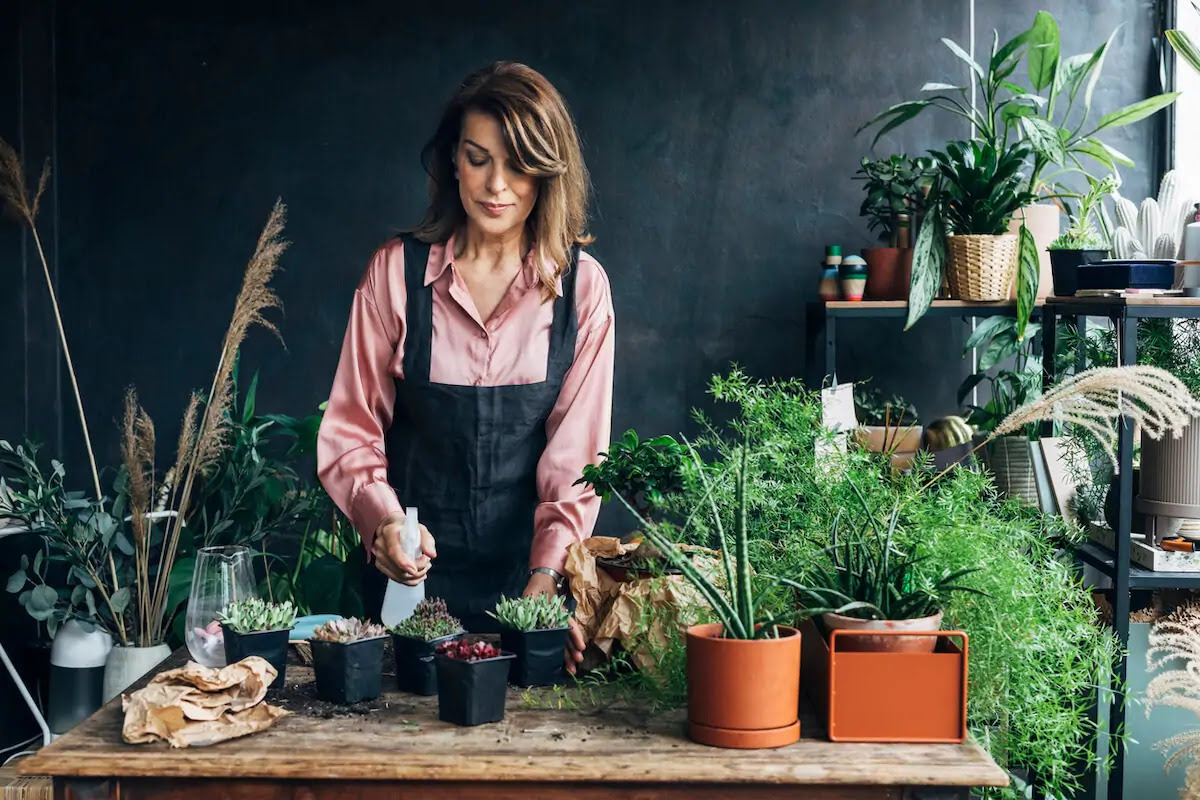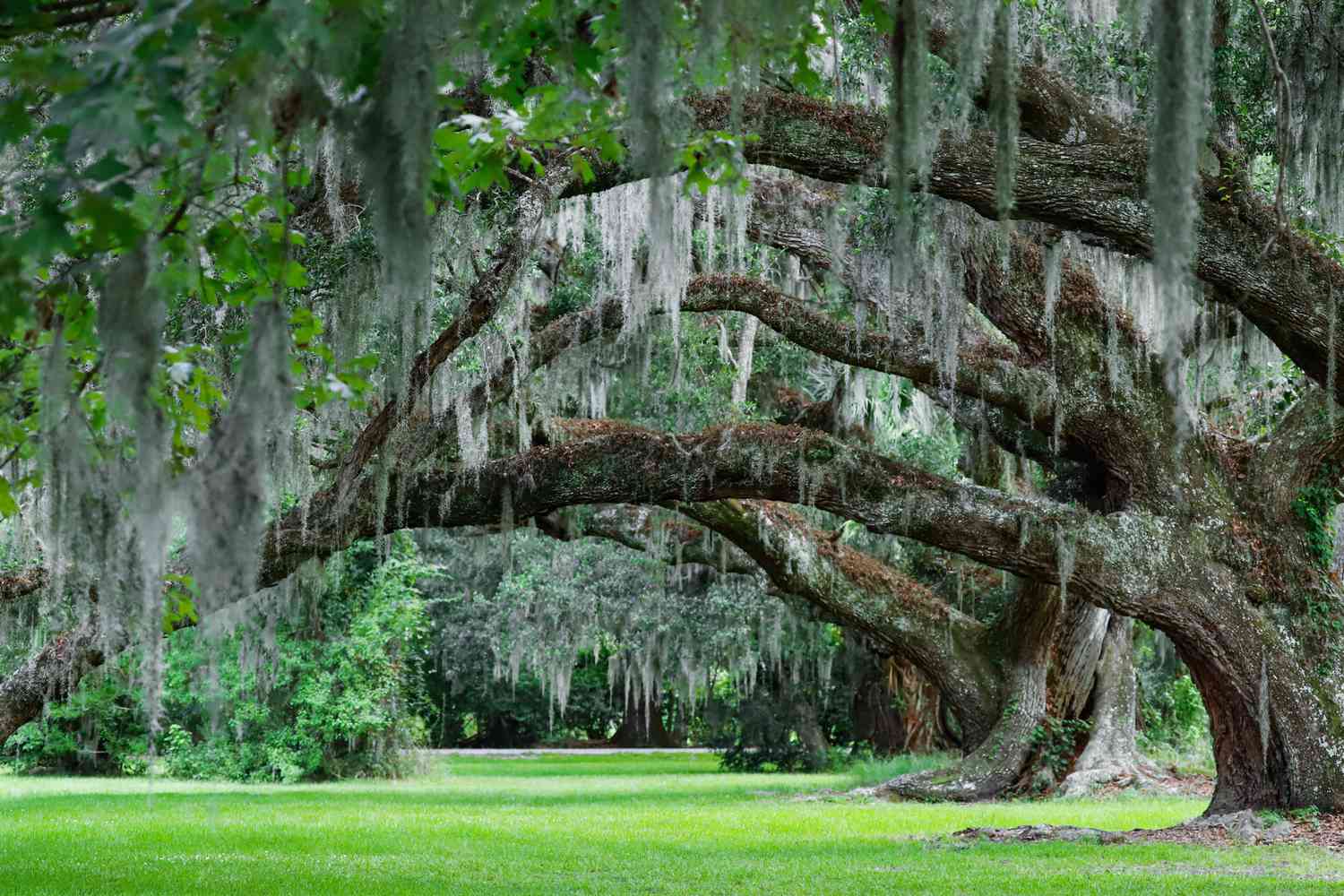Home>Types of Gardening>Ornamental Gardening>How Long Do Succulents Live Without Water
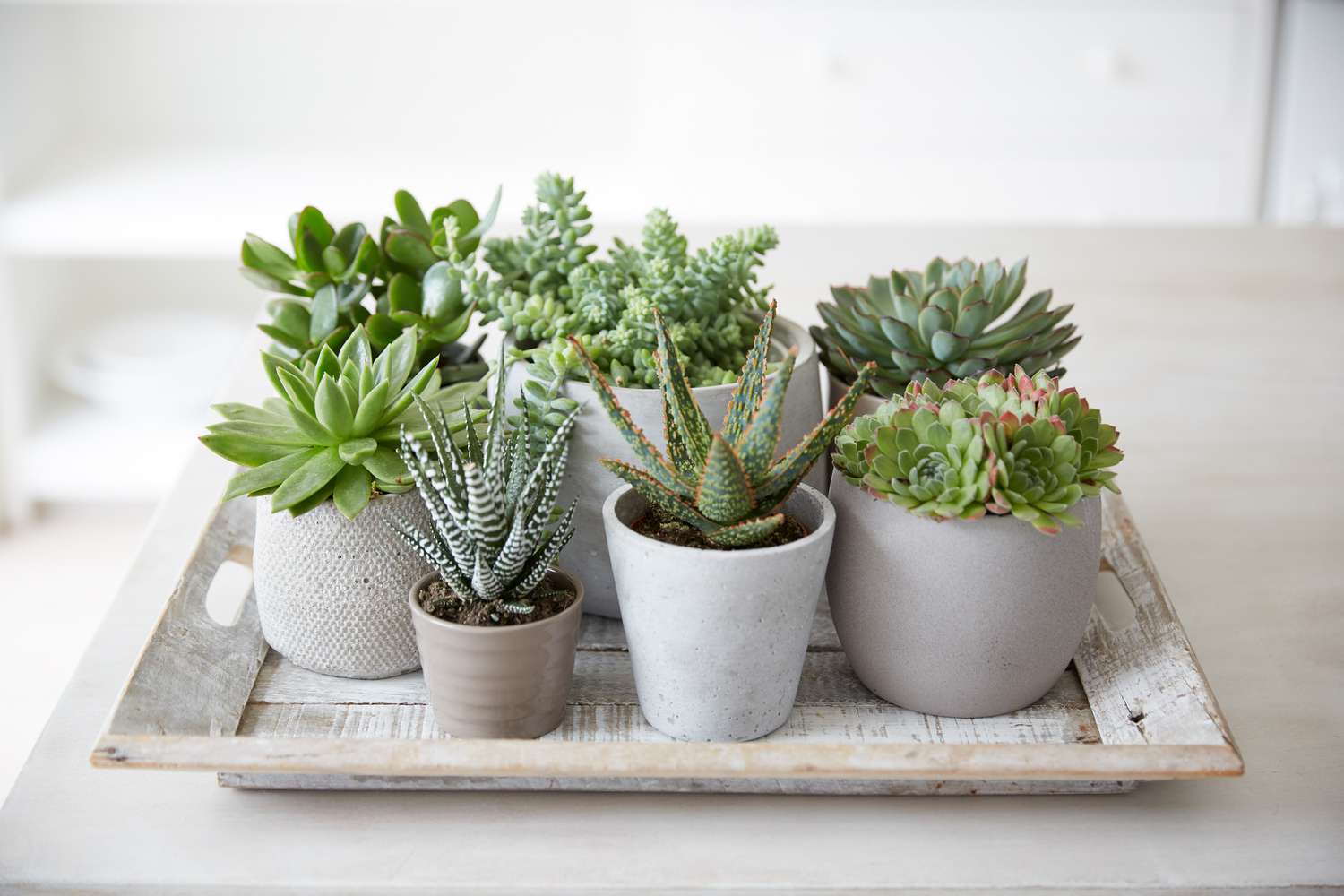

Ornamental Gardening
How Long Do Succulents Live Without Water
Modified: January 22, 2024
Discover the lifespan of succulents without water in ornamental gardening. Learn how long these resilient plants can survive and thrive in dry conditions.
(Many of the links in this article redirect to a specific reviewed product. Your purchase of these products through affiliate links helps to generate commission for Chicagolandgardening.com, at no extra cost. Learn more)
Table of Contents
Introduction
Welcome to the fascinating world of succulents! These remarkable plants have become incredibly popular in ornamental gardening due to their unique and captivating appearance. With their thick, fleshy leaves and stems, succulents have evolved to thrive in arid and drought-prone environments, making them resilient and adaptable to a wide range of growing conditions.
One of the most intriguing aspects of succulents is their ability to survive extended periods without water. Unlike many other plants that depend on consistent moisture, succulents have evolved efficient water storage mechanisms that allow them to endure and even flourish in dry conditions. Understanding how long succulents can survive without water and how they adapt to drought can help you ensure the health and longevity of these fascinating plants.
In this article, we will explore the factors that influence the survival of succulents without water, the adaptations they have developed to thrive in arid environments, and the signs of dehydration to watch out for. Additionally, we will discuss how long succulents can typically go without water and provide useful tips for watering your succulents to promote their well-being.
Factors Affecting the Survival of Succulents without Water
Several factors play a crucial role in determining how long succulents can survive without water:
- Succulent Variety: Different succulent species have varying levels of tolerance to drought. Some succulents, like the resilient Agave and Aloe vera, can withstand extended periods of dryness, while others may require more frequent watering.
- Size and Age: Larger and more mature succulents typically have larger water storage capacities, allowing them to endure longer periods without water compared to smaller and younger plants.
- Growing Conditions: The environmental factors in which succulents are grown, such as temperature, humidity, and sunlight, can impact their water requirements. Succulents in hotter and drier climates may need more frequent watering.
- Root System Development: A well-developed and robust root system is crucial for succulents to efficiently absorb and store water. Healthy roots allow succulents to better withstand drought conditions.
Understanding these factors is essential for successfully growing and caring for succulents. By considering the specific needs and characteristics of your succulent species, you can provide them with the appropriate growing conditions to help them thrive even in challenging environments.
How Succulents Adapt to Drought Conditions
Succulents have developed remarkable adaptations to survive in drought-prone environments. These adaptations allow them to store water efficiently and minimize water loss through transpiration. Here are some of the ways in which succulents adapt to drought conditions:
- Thick, Fleshy Leaves and Stems: Succulents possess thick, fleshy leaves and stems that act as water storage structures. These specialized tissues can retain large amounts of water, allowing succulents to survive during periods of water scarcity.
- Reduced Leaf Surface Area: Many succulents have evolved reduced leaf surface area to minimize water loss through transpiration. Their leaves are often covered in a waxy or hairy coating, which helps to reduce evaporation and retain moisture.
- Crassulacean Acid Metabolism (CAM): CAM is a carbon dioxide fixation pathway employed by many succulents. Unlike most plants that open their stomata during the day, succulents with CAM open their stomata at night to reduce water loss. This adaptation allows them to conserve water during the hotter, drier daytime periods.
- Shallow but Extensive Root Systems: Succulents have shallow root systems that spread out widely. This allows them to capture moisture from a larger surface area, taking advantage of even small rainfalls or condensation.
- Slow Growth: Succulents often have slower growth rates compared to other plants. This slow growth helps them conserve energy and water resources, allowing them to survive longer periods without water.
These remarkable adaptations enable succulents to thrive in arid environments where other plants struggle to survive. By understanding these adaptations, you can better appreciate the resilience and uniqueness of these fascinating plants.
Signs of Dehydration in Succulents
While succulents are well-equipped to handle periods of drought, it is still crucial to monitor them for signs of dehydration. Recognizing these signs early can help you take timely action and prevent further damage to your plants. Here are some common indicators of dehydration in succulents:
- Wrinkled or Shriveled Leaves: One of the most visible signs of dehydration is when the leaves of a succulent start to appear wrinkled, shriveled, or deflated. This is an indication that the plant is lacking sufficient water.
- Discoloration: Dehydrated succulents may exhibit discoloration, with their leaves turning yellow, brown, or even black in severe cases. This change in color is often accompanied by a softening or mushy texture.
- Leaf Drop: Succulents experiencing prolonged dehydration may shed leaves as a survival mechanism. If you notice leaves dropping off your succulent, it is a sign that the plant is under stress and needs immediate attention.
- Stunted Growth: Dehydrated succulents may experience stunted growth. New leaves may fail to emerge, and the overall growth of the plant may slow down or halt altogether.
- Dry Soil: Checking the moisture level of the soil is also an important indicator of dehydration. If the soil feels bone dry and crumbly to the touch, it suggests that the plant is not receiving enough water.
If you observe any of these signs in your succulents, it is important to take prompt action to rectify the situation. Providing adequate water and adjusting the growing conditions can help rehydrate your succulents and restore their health.
Length of Time Succulents Can Survive without Water
One of the remarkable features of succulents is their ability to tolerate extended periods without water. While the exact duration can vary depending on various factors, succulents can generally survive for several weeks to a few months without water.
The exact length of time a succulent can survive without water depends on factors such as the species, size, age, and growing conditions. Species such as the Snake Plant (Sansevieria) and Jade Plant (Crassula ovata) are known for their exceptional drought tolerance and can go without water for longer periods compared to other succulents.
For most succulents, it is essential to provide a balance when it comes to watering. Overwatering can be just as detrimental as underwatering. While succulents are drought-tolerant, they still require periodic water supply to remain healthy. It is important to allow the soil to dry out between waterings, as succulents are susceptible to root rot if kept in overly moist conditions.
It is important to note that the recommended watering frequency may vary depending on the climate and season. During hot summer months, succulents may require more frequent watering, while in cooler seasons, watering can be reduced. Monitoring the moisture levels of the soil and observing the signs of dehydration in succulents will help determine the appropriate time to water.
If you are unsure of the watering needs of your specific succulent species, it is always best to research or consult gardening resources to ensure you provide the optimal care and watering schedule for your plants.
Proper watering, combined with an understanding of your succulents’ specific needs, will help ensure their longevity and enable them to thrive even in challenging conditions.
Tips for Properly Watering Succulents
Watering succulents may seem simple, but it’s crucial to do it correctly to ensure the health and vitality of these unique plants. Here are some tips for properly watering your succulents:
- Use the “Soak and Dry” Method: Rather than giving your succulents frequent light waterings, it’s best to water them thoroughly using the “soak and dry” method. This involves thoroughly saturating the soil until water drains out of the bottom of the container and then allowing the soil to completely dry out before watering again.
- Water the Soil, Not the Leaves: When watering succulents, it’s important to direct the water towards the soil, not the leaves. Water droplets left on the leaves can lead to excess moisture, creating an environment for fungal and bacterial diseases.
- Adjust watering frequency with the seasons: Succulents have different water requirements during different seasons. During the active growing season, typically spring and summer, succulents may require more frequent watering. In contrast, during winter dormancy, reduce watering to prevent over-hydration.
- Provide Adequate Drainage: Succulents dislike sitting in excessively moist soil, so it’s important to use pots with drainage holes and a well-draining potting mix. This allows excess water to escape and prevents waterlogged roots.
- Water in the Morning: It’s best to water your succulents in the morning, allowing any excess moisture on the leaves or in the soil to evaporate during the day. This lessens the risk of rot and fungal growth.
- Observe and Monitor: Keep a close eye on your succulents and observe their appearance and the moisture levels of the soil. Adjust your watering schedule based on the specific needs of your succulents.
Remember, it’s better to underwater rather than overwater your succulents. They are adapted to withstand drought and can tolerate short periods without water. Err on the side of caution and provide water only when needed, allowing the soil to dry out between waterings.
By following these watering tips and paying attention to the specific needs of your succulents, you can help them thrive and enjoy their unique beauty for years to come.
Conclusion
Succulents are fascinating plants that have evolved remarkable adaptations to survive in arid and drought-prone environments. Their ability to store water efficiently and withstand extended periods without water makes them popular choices for ornamental gardening. Understanding how succulents adapt to drought conditions and the signs of dehydration is crucial for their proper care and longevity.
Factors such as succulent variety, size, age, and growing conditions influence their survival without water. While succulents can generally endure several weeks to a few months without water, it’s important to provide them with periodic water supply to maintain their health and prevent dehydration.
Proper watering techniques, such as the “soak and dry” method, ensuring adequate drainage, and adjusting watering frequency according to the seasons, are essential for succulent care. Observing the signs of dehydration and adjusting watering practices accordingly will help keep succulents thriving.
Remember that each succulent species may have its own specific needs, so it’s important to research and understand the requirements of the succulents you have. By providing them with optimal growing conditions and proper watering, you can help your succulents flourish and enjoy their unique beauty.
So embark on your succulent gardening journey with confidence, knowing that you have the knowledge and understanding to care for these resilient and captivating plants. Enjoy the beauty and tranquility that succulents bring to your ornamental garden, and witness firsthand how they thrive and adapt in even the most challenging of environments.
